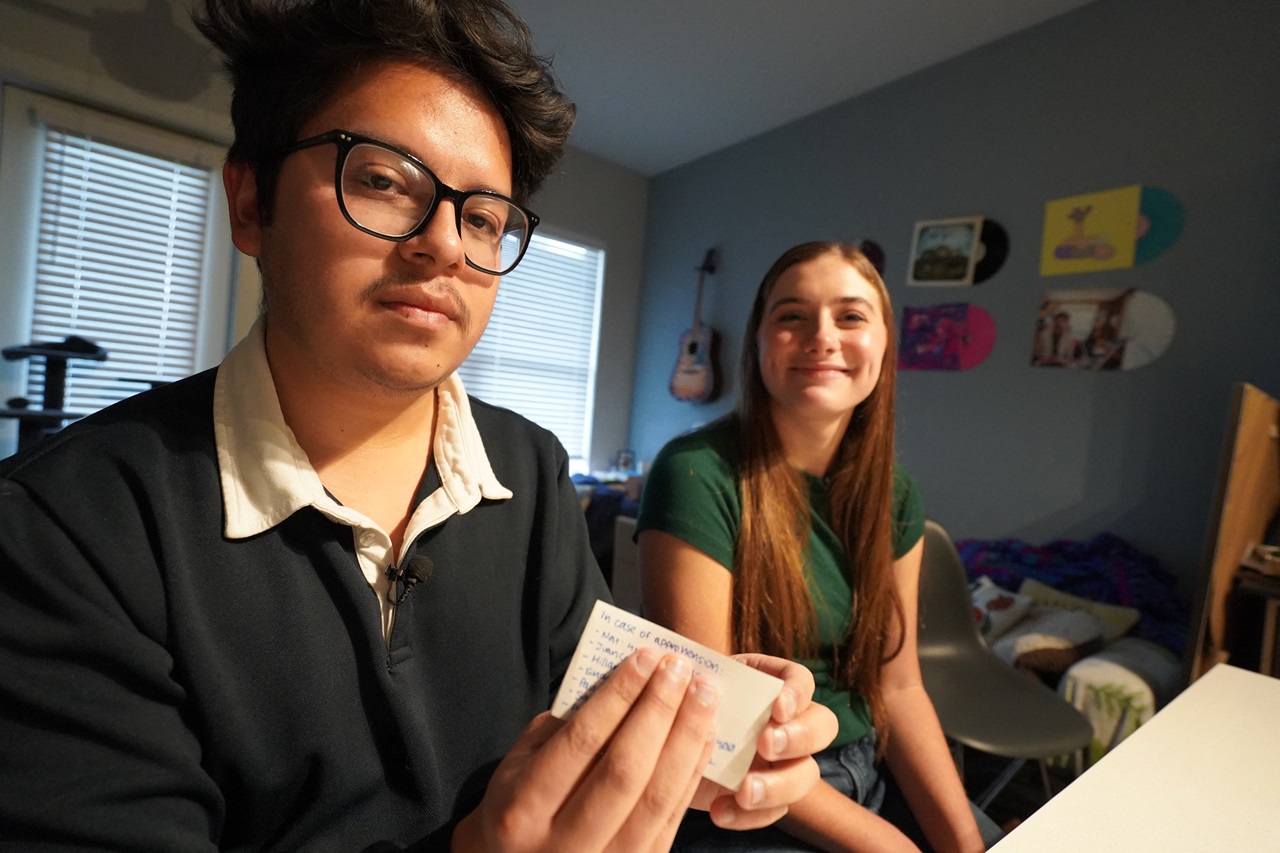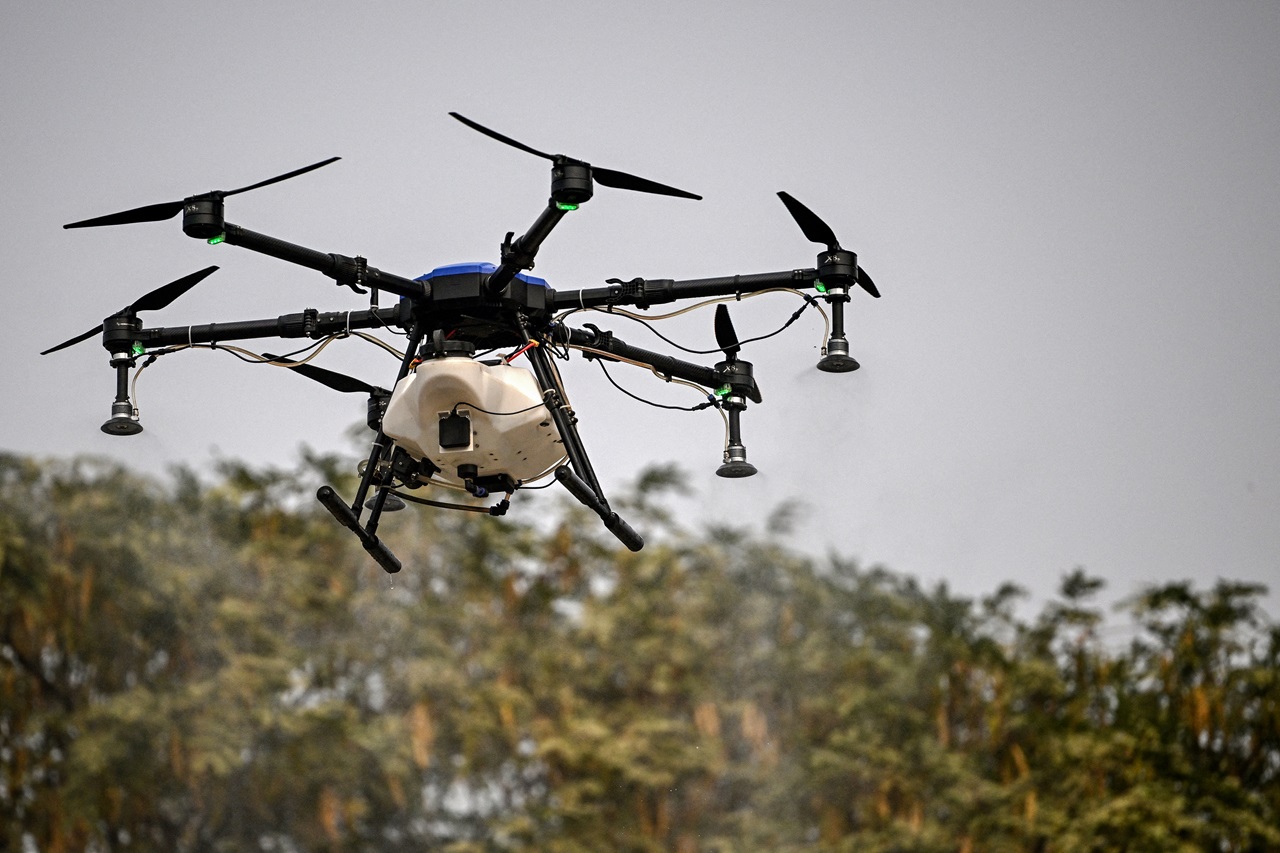
What can Latinos learn about the protests in Hong Kong?
Protesters in Hong Kong could be an example to raise awareness about surveillance states, especially for Latinos in the United States.
In early June, approximately one million people took to the streets of Hong Kong to demonstrate against a bill that would allow extradition to China.
The protesters’ opposition against the project is rational: they aim to protect their autonomy and the legal freedom of their city so that it doesn’t fall into the hands of the People's Republic of China, thus subjecting the inhabitants of Hong Kong to a totally different legal system.
Although the bill was suspended on Wednesday to ease the first demonstrations, the only thing that simmered was the Hong Kong stock market, which has risen 3%. However, for demonstrators, the gesture is too little too late.
Protests have continued with the same modus operandi of weeks ago: some demonstrators cover their faces while others shine high-power lasers directly at surveillance cameras - a high-tech protest tactic aimed at confusing police in the streets of Hong Kong.
If people were extradited from Hong Kong to China, the line that currently separates the two legal systems would be blurred. That could lead to citizens being subjected to the same strict surveillance of continental China.
As a result, the use of lasers is one of the most important efforts to mask the identities of those who protest, since security cameras and facial recognition reflect the widespread suspicion that the lines between China and Hong Kong no longer exist.
As David Carroll wrote in a Qz article, the United States is already a state of surveillance similar to that of China, especially considering the way it has been using technology to control minority populations.
RELATED CONTENT
For example, in China, the Uighurs - members of a predominantly Muslim ethnic group - live under the most intense surveillance measures in the nation. If this surveillance reveals something that displeases the government, the Uighurs are sent to concentration camps that China prefers to call "re-education camps."
While any government could establish that type of censorship, the most alarming issue is the punishment in the form of concentration camps.
Meanwhile, in the U.S., the focus is on undocumented immigrants – but the means to control the population are not so different.
In July, ICE was denounced by a report from the Georgetown Law Privacy and Technology Center for using the state driver's license databases without consent to scan millions of photos of U.S. citizens and legal or undocumented immigrants to perform mass deportations.
According to Carroll, ICE agents are now equipped with an app that has a user interface "seemingly optimized for ethnic cleansing" to help them "identify targets for deportation." The United States even has its own version of concentration camps called “detention centers.”
The protests in Hong Kong take us to the near future, in which perhaps Latinos could commit themselves as much as Hong Kong demonstrators in defending themselves and being fully prepared to protect their spaces and identities.











LEAVE A COMMENT:
Join the discussion! Leave a comment.